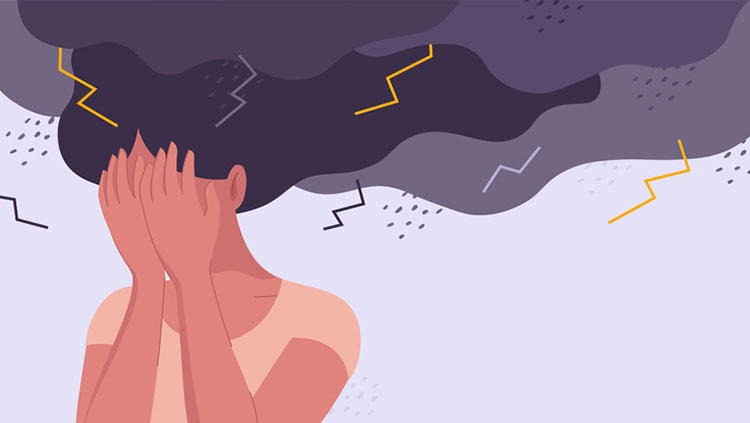Global Burden of Neurological and Mental Disorders
- Published10 Nov 2014
- Reviewed10 Nov 2014
- Source BrainFacts/SfN
“There is ample evidence that pinpoints neurological disorders as one of the greatest threats to public health.”
So begins the Neurological Disorders: Public Health Challenges, published by the World Health Organization (WHO). Part of the Global Burden of Disease study conducted by the WHO, the World Bank, and the Harvard School of Public Health since 1993, this and associated reports attempt to quantify the global burden of disease, including brain-based disorders, in pursuit of the global promotion of health and prevention of disease, of which neuroscience research plays a significant role.
Non-contagious neurological disorders and mental and behavioral disorders compose a significant proportion of the global burden of disease. In 2010, mental and behavioral disorders comprised 7.4 percent of the global burden of disease and neurological disorders comprised 3 percent.
It is important to note that these categories don’t include other causes of disability which can affect the brain and nervous system, such as: communicable diseases like meningitis, encephalitis, or HIV/AIDS; cardiovascular disorders like stroke; chronic pain; or head and spinal cord injury. Inclusion of these categories greatly increases the estimate of burden. For example, stroke alone accounts for an additional 4.1 percent of the total global burden of disease.
Among mental and behavioral disorders, unipolar depressive disorders, anxiety disorders, and drug and alcohol use disorders (in order of decreasing burden) account for 76 percent of the burden of this category of disorders. The top four neurological categories, migraine, epilepsy, dementias, and Parkinson's disease, account for 72 percent of the burden of neurological disorders.
The Global Burden of Disease study measures burden in “disability adjusted life years” (DALYs), which is a way of quantifying the health gap between current and ideal health status. The DALY combines years of life lost from an earlier-than-expected death as well as years of healthy life lost from disability, weighted by severity of disability. One DALY is equivalent to one lost year of healthy life, e.g., dying one year earlier than life expectancy as a result of disease or injury or living two years of life at 50 percent disability.
In 2010, mental and behavioral disorders accounted for 183,912,000 DALYs globally, or 2,669 out of every 100,000 DALYs. Neurological disorders made up 73,814,100 DALYs globally, or 1,071 out of every 100,000 DALYs.
Although DALYs aren’t directly translatable into monetary cost, other methods can give us insight into the cost of these disorders. The global cost of mental health conditions alone was estimated at US$ 2.5 trillion in 2010, with a projected increase to over US$6 trillion in 2030. In Europe, the cost of all brain disorders was estimated at €798 billion in 2010. In America, neurological illnesses and mental disorders cost the US more than $760 billion a year.
All in all, these numbers make clear the great burden of brain-based diseases and disorders, and the potentially widespread impact of neuroscience research.
CONTENT PROVIDED BY
BrainFacts/SfN
References
World Health Organization: Neurological Disorders: Public Health Challenges. (2006)
Institute for Health Metrics and Evaluation
World Health Organization: The global burden of disease: 2004 update. (2004)
World Economic Forum. The Global Economic Burden of Non-communicable Diseases. (2011)
J. Olesena J, Gustavsson A, Svenssond M, Wittchene HU, Jonssonf B, on behalf of the CDBE2010 study group and the European Brain Council. The economic cost of brain disorders in Europe. European Journal of Neurology. 19: 155–162 (2012).
Brain Facts: A Primer on the Brain and Nervous System. Society for Neuroscience. (2012).
The Numbers Count: Mental Disorders in America. National Institute of Mental Health. (2010).
Also In Mental Health
Trending
Popular articles on BrainFacts.org

















